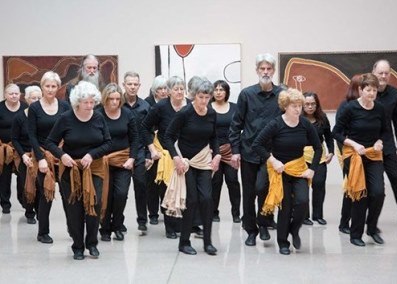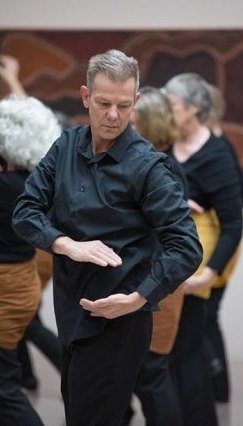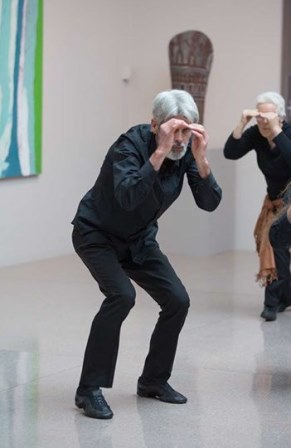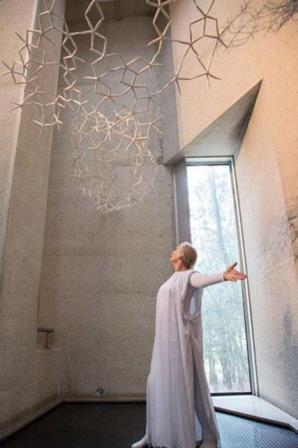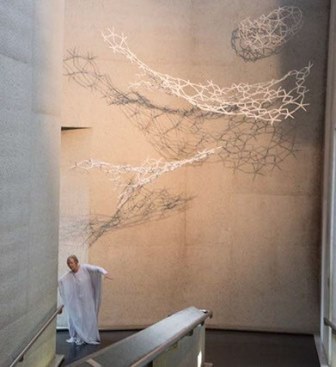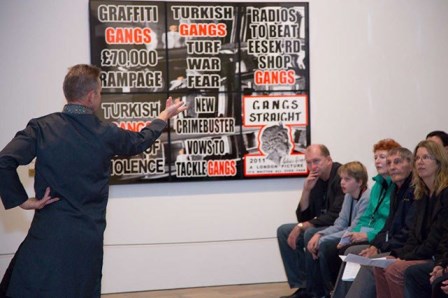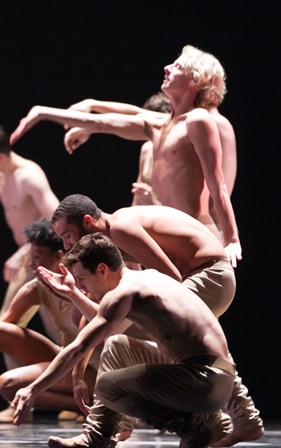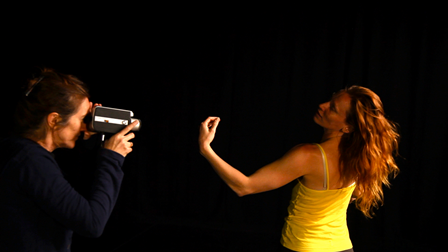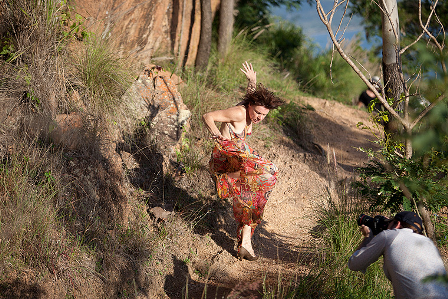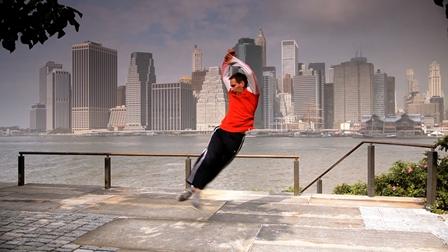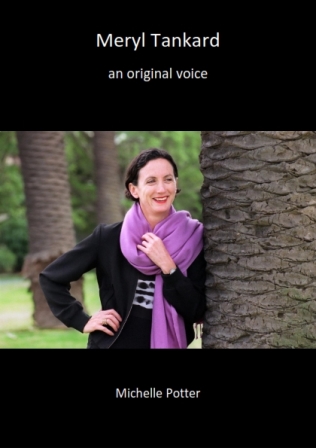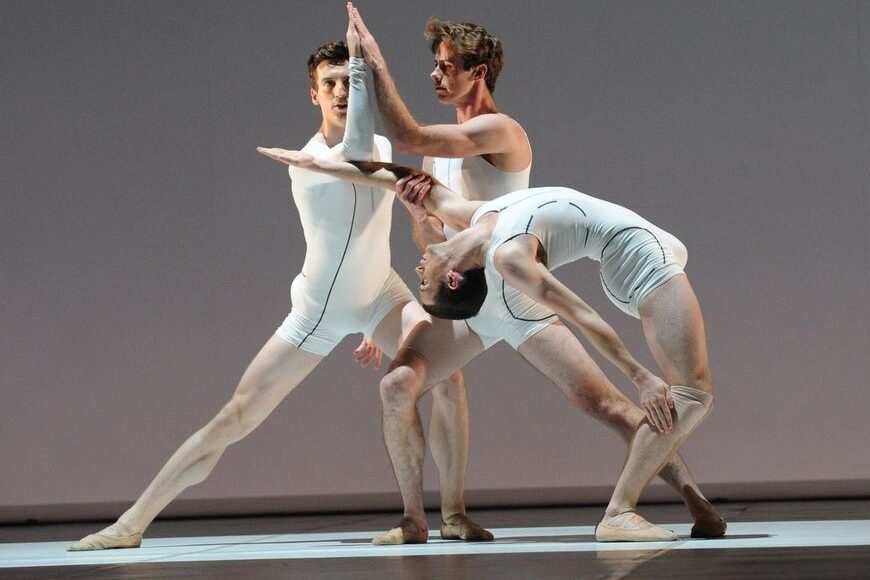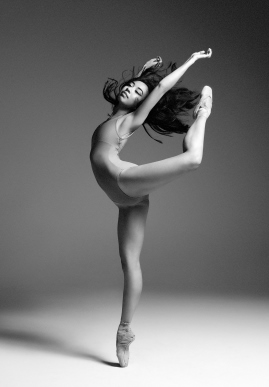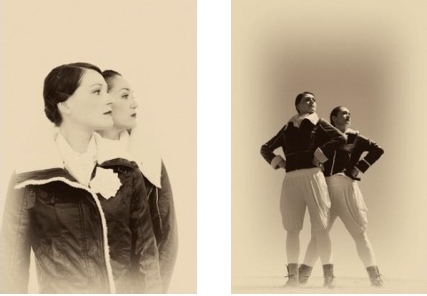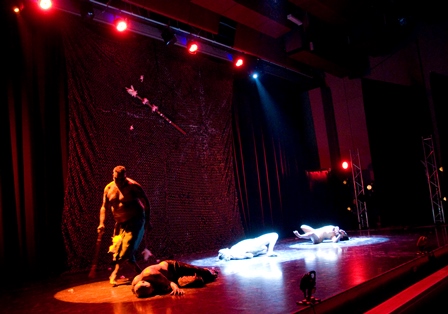Details of the dance productions Canberra audiences can expect in 2014 are slowly emerging. In announcing its ‘Collected Works, 2014′, the Canberra Theatre Centre revealed that both Sydney Dance Company and Bangarra Dance Theatre will return to Canberra in 2014, thus maintaining the strong links those two companies have forged with the city over many years. For example, Sydney Dance Company’s first season in Canberra was in 1977.* Scarcely a year has been missed since then.
Sydney Dance will bring its triple bill Interplay, which will consist of new works by Rafael Bonachela and Gideon Obarzanek and a reprise of Raw models by Italian choreographer Jacopo Godani. Raw models was part of a Sydney Dance Company program in 2011 and my thoughts on the show then are at this link. Bangarra will bring a new work by Stephen Page called Patyegarang, which focuses on the friendship between a young indigenous woman, Patyegarang, and colonial identity Lieutenant William Dawes.
The Brisbane-based group Circa will also be in Canberra in 2014 with their new production S. My connections with the National Institute of Circus Arts through the Heath Ledger Project interviewing program have brought home to me the esteem with which this company is held in the industry so I look forward to their 2014 show, which we are told explores a sinuous energy—appropriately, given the title S—and is a physical ode to the human body.
A surprise revelation at the launch of the 2014 season was that West Australian Ballet will visit in October with a production of La Fille mal gardée, but not in the version choreographed by Frederick Ashton that we are used to seeing in Australia. The version being brought by West Australian Ballet is choreographed by Marc Ribaud, currently director of the Royal Swedish Ballet, and is set in 1950s rural France. Costumes are by Lexi De Silva whose previous credits include designs for Tim Harbour’s Halcyon and Sweedeedee. De Silva also worked alongside Hugh Colman as he created the designs for Stephen Baynes’ recent Swan Lake. Sets are being created by Richard Roberts, lighting by John Buswell. Here is the Canberra Theatre’s preview video for the Fille program. It is a photo shoot in essence featuring the leading characters, Lise, Colas and Alain, but gives some idea of what the work might look like.
But before we even get to the new year, the Canberra Theatre has also just announced a Christmas treat for very young dance-goers (and their parents and grandparents) who will have the pleasure of seeing Angelina and friends live onstage in Angelina Ballerina: the Mousical. It opens at the Canberra Theatre on 12 December 2013. What a treat!

Michelle Potter, 28 September 2013
* Although led by Graeme Murphy the company was at that stage still called the Dance Company (NSW). 1977 was Murphy’s first full year as director of the company, which was renamed Sydney Dance Company in 1979.
